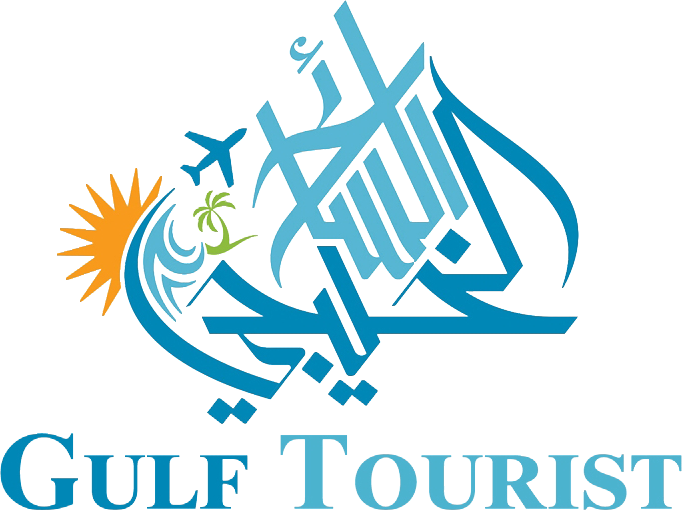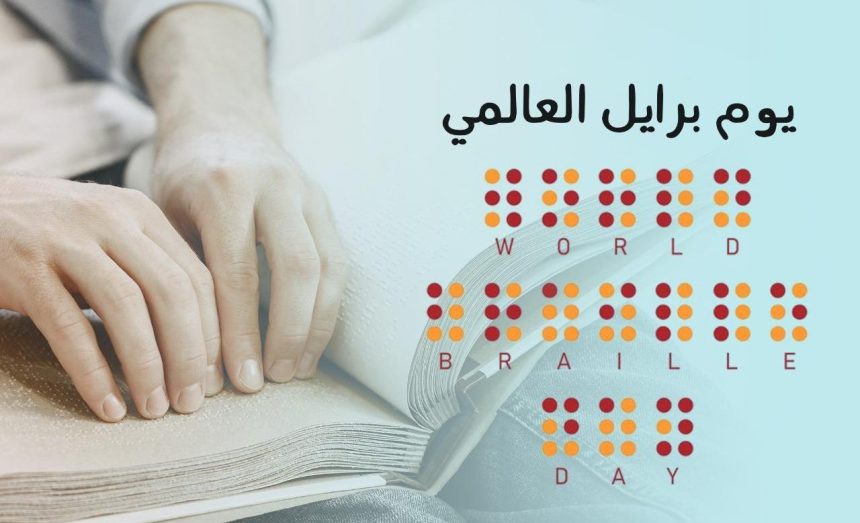On the occasion of the International Braille Day, celebrated on January 4th each year, learn about the efforts of the Supreme Council of Antiquities, represented by the Egyptian Museum Sector, in implementing accessibility programs to accommodate facilitated tourism and serve visitors with disabilities.
Momen Osman, the head of the Museum Sector at the Supreme Council of Antiquities, explained that this falls within the Ministry of Tourism and Antiquities’ plan to focus on the human element, enhance tourist and archaeological awareness among all segments of society, especially people with disabilities. The aim is to integrate them into society and connect them with the history and civilization of their country.
Osman pointed out that many archaeological museums have launched initiatives to assist people with special needs, particularly those with mobility impairments, in navigating archaeological museums effortlessly. This is achieved by providing designated pathways for their visits and corridors for easy wheelchair movement. Additionally, there is an emphasis on raising archaeological and cultural awareness through the provision of accessibility aids for visually impaired individuals, including Braille cards, museum brochures, voice pens in Arabic, English, and Italian languages, as well as tactile reproductions of exhibited artifacts.
The head of the Museum Sector highlighted that the Greco-Roman Museum was the first museum among those affiliated with the Supreme Council of Antiquities to have Braille cards available in 1998, aiming to assist blind individuals. This initiative was conceived and prepared by Ms. Tahani Nuh, the former General Supervisor of the Museological Education Department for People with Special Needs in the Museum Sector. The idea was then implemented in the Egyptian Museum in Tahrir and later extended to other Egyptian museums.

